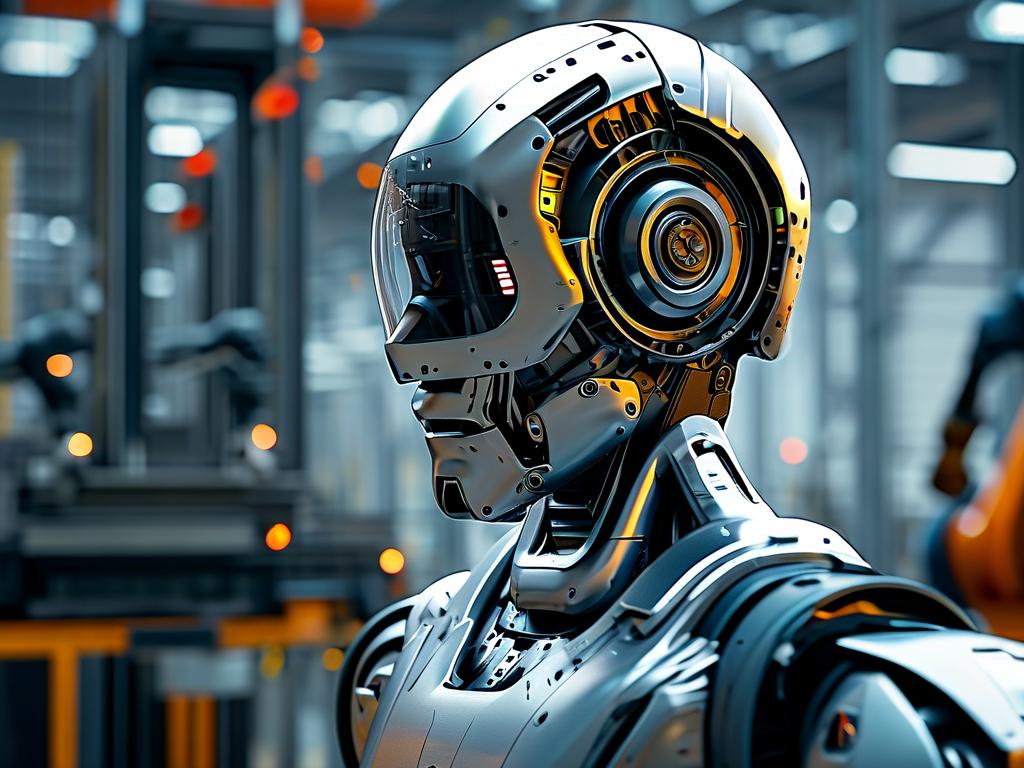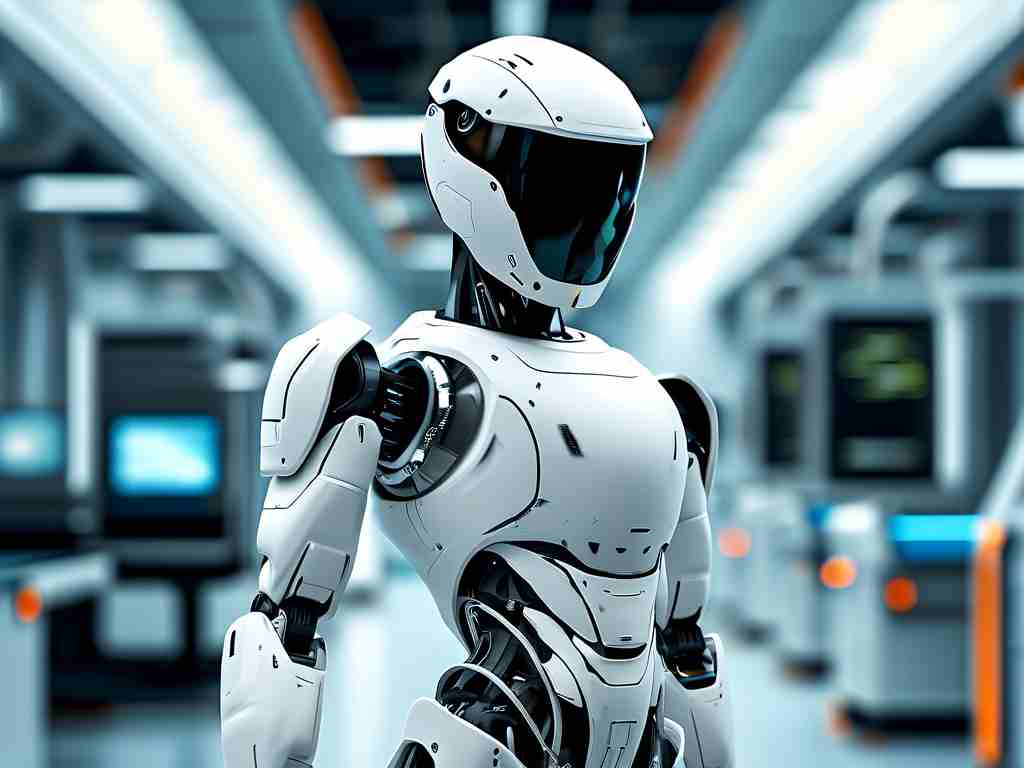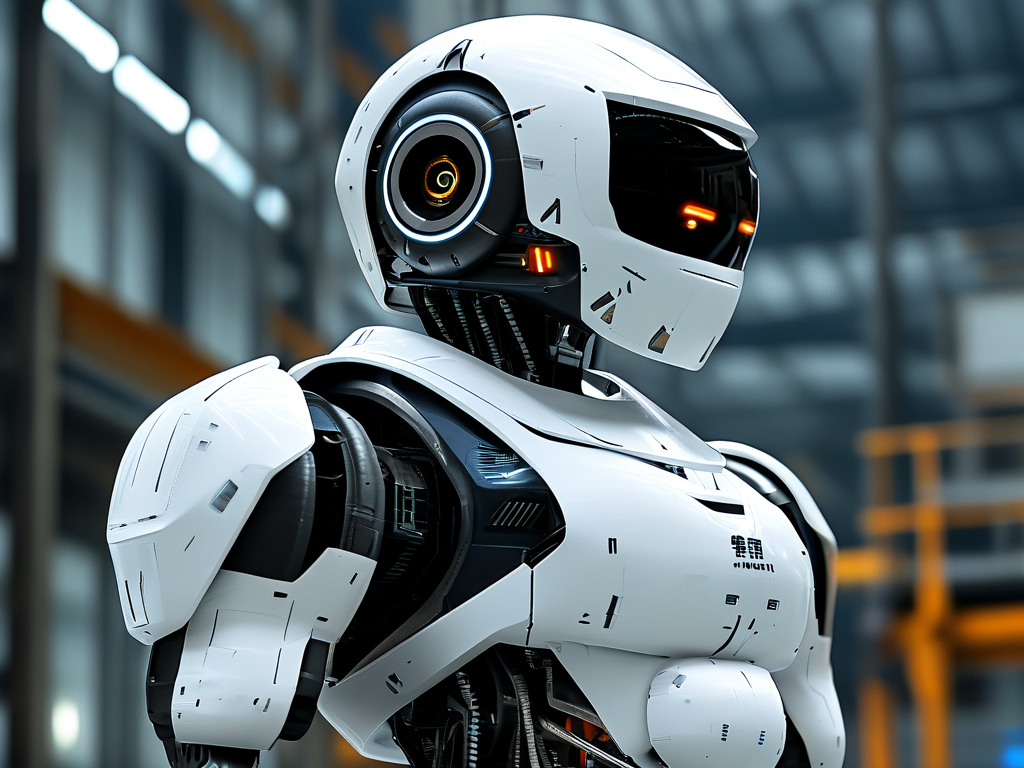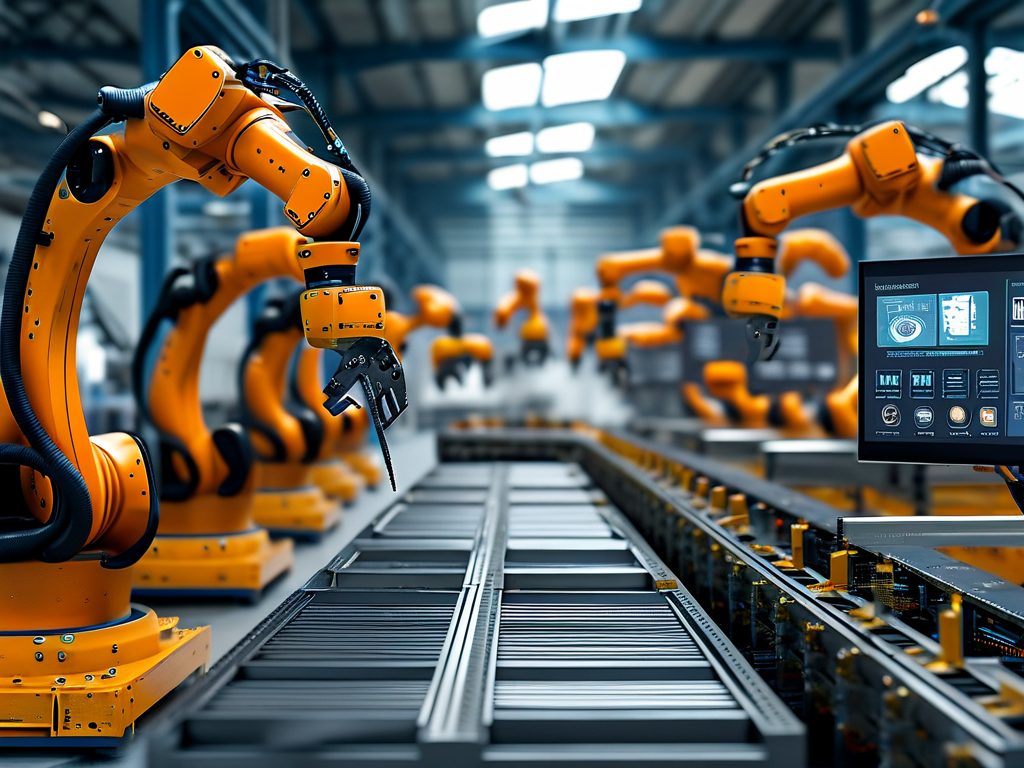Europe has long been a hub for technological advancement, and its robotics sector is no exception. Over the past decade, the continent has solidified its position as a global leader in both industrial and service robotics, driven by innovation, strategic funding, and cross-industry collaboration. However, this progress is not without hurdles, ranging from regulatory complexities to workforce adaptation. Here’s an in-depth look at the current state of robotics technology in Europe.
Industrial Automation: The Backbone of Growth
Industrial robotics remains the cornerstone of Europe’s robotics ecosystem. Countries like Germany, Italy, and Sweden dominate the manufacturing landscape, with automotive and aerospace industries leveraging robotic systems for precision tasks. According to recent data, Germany alone accounts for nearly 38% of the EU’s operational industrial robots, many integrated into smart factories that emphasize efficiency and scalability. Collaborative robots (cobots), designed to work alongside humans, are gaining traction in smaller enterprises, reducing barriers to automation adoption.
Yet, challenges persist. Supply chain disruptions and rising energy costs have forced manufacturers to rethink automation strategies. While larger corporations invest in AI-driven predictive maintenance systems, smaller players struggle to balance upfront costs with long-term gains.
Service Robotics: Bridging Gaps in Healthcare and Logistics
Beyond factories, service robotics is reshaping Europe’s healthcare and logistics sectors. In countries like Denmark and the Netherlands, hospitals deploy surgical robots for minimally invasive procedures, improving patient outcomes. Meanwhile, autonomous delivery robots navigate urban centers in cities such as London and Berlin, addressing last-mile logistics challenges. Startups like Estonia’s Starship Technologies exemplify this trend, partnering with retailers to streamline e-commerce fulfillment.
Regulatory frameworks, however, lag behind technological strides. The EU’s strict data privacy laws (GDPR) complicate the deployment of AI-powered service robots that rely on real-time data processing. Policymakers are now grappling with how to foster innovation while safeguarding ethical standards—a balancing act that could define the sector’s trajectory.
Research and Development: Fueling Tomorrow’s Solutions
Europe’s commitment to R&D is evident in initiatives like Horizon Europe, which allocates €95.5 billion to science and technology projects through 2027. Robotics clusters in Switzerland (ETH Zurich) and France (INRIA) are pioneering breakthroughs in soft robotics and human-robot interaction. Notably, the EU’s focus on “green robotics” aims to develop energy-efficient systems aligned with climate goals—a unique differentiator in the global market.

Despite these efforts, talent shortages loom. A 2023 report by the European Commission highlighted a gap in specialized robotics engineers, urging universities to expand interdisciplinary programs. Partnerships between academia and industry, such as Siemens’ collaboration with TU Munich, are emerging as a viable solution.
Ethical and Social Considerations
As robots permeate daily life, ethical debates intensify. Public skepticism about job displacement remains widespread, particularly in regions with strong labor unions. To address this, companies like ABB and KUKA are launching reskilling initiatives, training workers to manage and maintain robotic systems. Meanwhile, the EU’s proposed Artificial Intelligence Act seeks to classify high-risk robotics applications, mandating transparency and accountability.
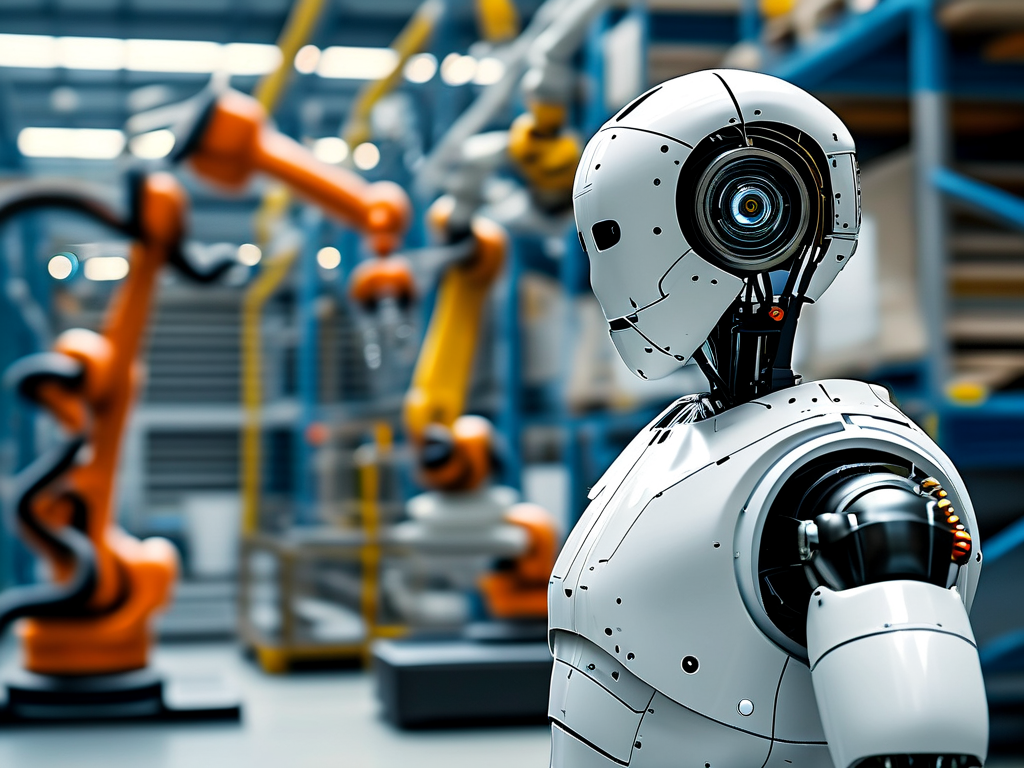
Cultural attitudes also play a role. Southern European nations, for instance, exhibit slower adoption rates compared to Nordic countries, reflecting differing economic priorities and tech readiness levels.
The Road Ahead
Looking forward, Europe’s robotics sector is poised for transformative growth—but success hinges on addressing fragmentation. Standardizing regulations, boosting public-private partnerships, and prioritizing sustainability will be critical. As global competition intensifies, the continent’s ability to harmonize innovation with societal needs may well determine its place in the next era of robotics.
In summary, Europe’s robotics landscape is a mix of cutting-edge achievements and complex challenges. By fostering collaboration and adaptive policies, the region can continue to lead while navigating the intricate dance between technology and humanity.



